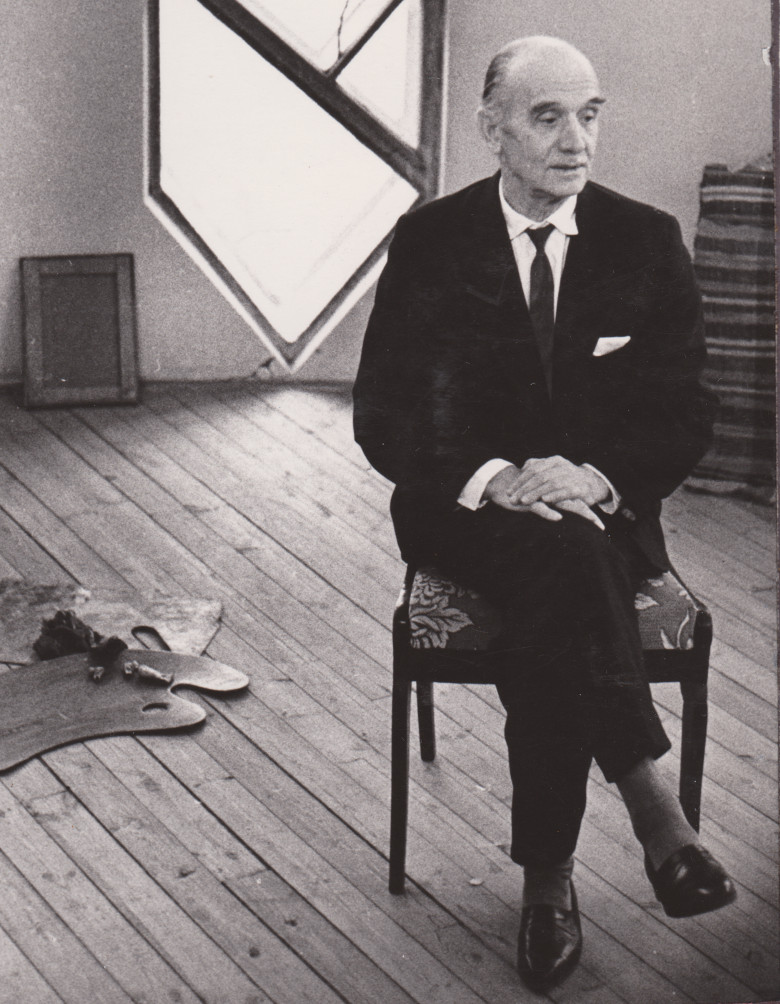Konstantin
MELNIKOV
Famous 20th century Russian architect

Seeing architecture in designs is the same as hearing a melody written down on manuscript paper
“I considered any dogma to be an enemy during my creative work. However, the Constructivists failed to achieve the same acute structural capacities that I predicted for the next 100 years.” *
“I never used any photos, any magazines or any other literature, while working on my designs. I even considered the entire arsenal of my memory to be a burden hampering the freedom of designing.”
“Every time I was entrusted with a project, say, the 20th or 30th project (it does not matter), I addressed it as my first project. Everything began from scratch, I was ‘blindfolded’ just like in a game of ‘blind’s man’s buff,’ and it was hard to guess where the Firebird would appear.”
“Obviously, the most ideal option for a gifted architect is to be born both an ARCHITECT and an ARCH-millionaire.”
“Seeing architecture in designs is the same as hearing a melody written down on manuscript paper. There is no difference, but the authors of symphonies can demand a performance in sounds and thereby receive a normal appraisal of their creative work. However, builders are unable to defend their work. Barma and Postnik, Brunelleschi and other brave architects trembled before judges.”
“A city of the future: The city’s street is completely covered with green trees and shrubs and is reserved for pedestrians only. The carriageway is located below, does not require snow removal and is protected from the heat. Moving pavements/sidewalks are located even lower, followed by fast long-range transportation systems. The inclined buildings support the surface of elevated roads, with aerial vehicles docking with the buildings’ frames.”
“I am one but I am not alone. After becoming isolated from the hustle and bustle of millions of people, anyone unlocks his or her immense inner potential.”
“A master becomes saturated with the culture of bygone ages to such an extent that he or she copies the stylistic traditions of numerous generations, although absolutely unwillingly, while functioning organically. This is the quintessence of any culture, and it is therefore understandable that any master can have a feeling of being next of kin to any classic or even like-minded contemporary. Imitators are another matter. They merely create mechanical copies, create pale reflections and powerless caricatures of something seen or studied by them in the past.”
* Information courtesy of the interviewee and statements by his family members, friends and colleagues











